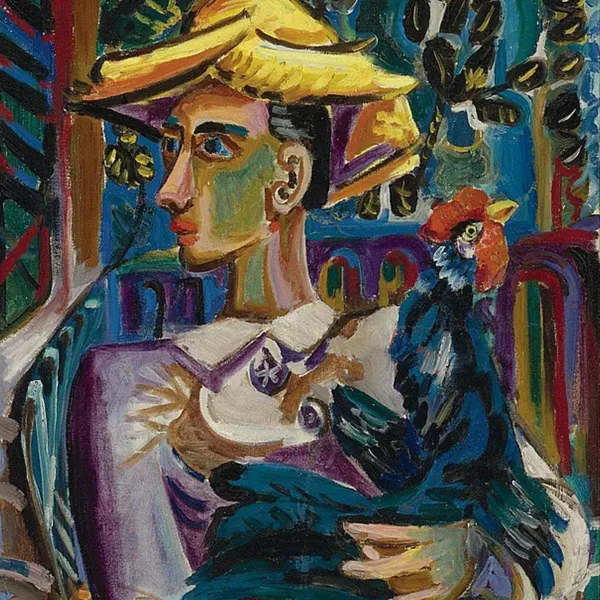In this article, we'll be discussing the five major techniques of drawing on paper. This information will be useful for those who are just starting to learn how to draw, or for those who want to improve their skills. The five techniques we'll be discussing are: hatching, cross hatching, stippling, gradating, and blending.
Outline drawings
Are the most basic and easy to do type of drawing. All you need is a pencil and paper. To start, simply draw a line to represent the object you want to draw. Then, start adding details to the drawing by adding more lines. Remember to keep the lines light so that they can be erased easily if you make a mistake. are great for beginners because they are easy to do and can be fixed if you make a mistake.
Contour drawings
There are five major techniques of drawing on paper: line, cross hatching, stippling, gradation, and freehand drawing. Line drawing is the most basic and can be done with a pencil, pen, or marker. Cross hatching is when you draw parallel lines that intersect, creating a mesh-like effect. Stippling is when you use small dots to create a drawing. Gradation is when you use light and dark pencil strokes to create a sense of depth. Freehand drawing is when you draw without using any ruler or other guide.
Crosshatching
Is a technique of drawing on paper where lines are drawn close together to create a darker value. This can be done with pencil, pen, or even markers. It's a great way to add depth and interest to your drawings.
To create a crosshatch, start by drawing a few parallel lines. Then, draw another set of lines perpendicular to the first set. The closer together the lines are, the darker the value will be. You can experiment with different line widths and spacing to get the look you want.
is a great way to add shading and dimension to your drawings. It can take some practice to get the hang of it, but it's a valuable skill to have in your toolbox. So get out your pencil and give it a try!
Stippling
Is a technique of drawing on paper where dots are used to create a image. This technique is often used to create a sketch or to add detail to a drawing. To create a stipple drawing, a pencil or pen is used to draw dots on paper. The density of the dots will create different values, with darker areas having more dots and lighter areas having fewer dots. This technique can be used to create a variety of textures and effects.
Gradation
There are five major techniques of drawing on paper: hatching, cross hatching, stippling, drybrush, and wetbrush. Each technique has its own unique gradation.
Hatching is the most basic drawing technique and is simply the use of parallel lines to create a value range. This technique is often used to create simple shading and depth.
Cross hatching is a more advanced technique that uses intersecting lines to create a value range. This technique is often used to create more complex shading and depth.
Stippling is a technique that uses dots to create a value range. This technique is often used to create a textured look.
Drybrush is a technique that uses a dry brush to create a value range. This technique is often used to create a soft, blended look.
Wetbrush is a technique that uses a wet brush to create a value range. This technique is often used to create a more intense look.
